
How to Use Boost Converter: Examples, Pinouts, and Specs
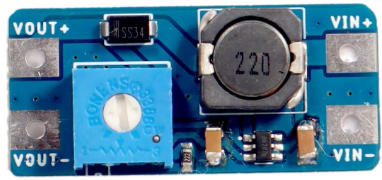
 Design with Boost Converter in Cirkit Designer
Design with Boost Converter in Cirkit DesignerIntroduction
A Boost Converter is a type of DC-DC converter that steps up (increases) the input voltage to a higher output voltage while maintaining power balance. It is widely used in applications where the input voltage is lower than the required output voltage. This component is essential in battery-powered devices, renewable energy systems, and portable electronics to enhance voltage levels efficiently.
Explore Projects Built with Boost Converter
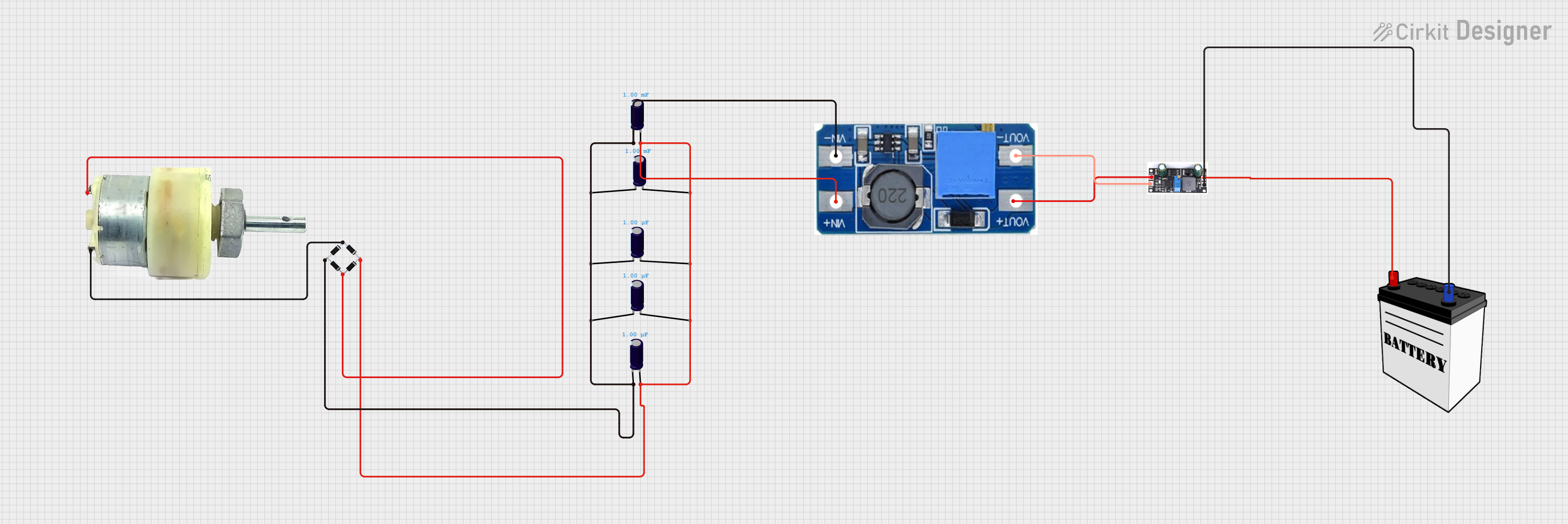
 Open Project in Cirkit Designer
Open Project in Cirkit Designer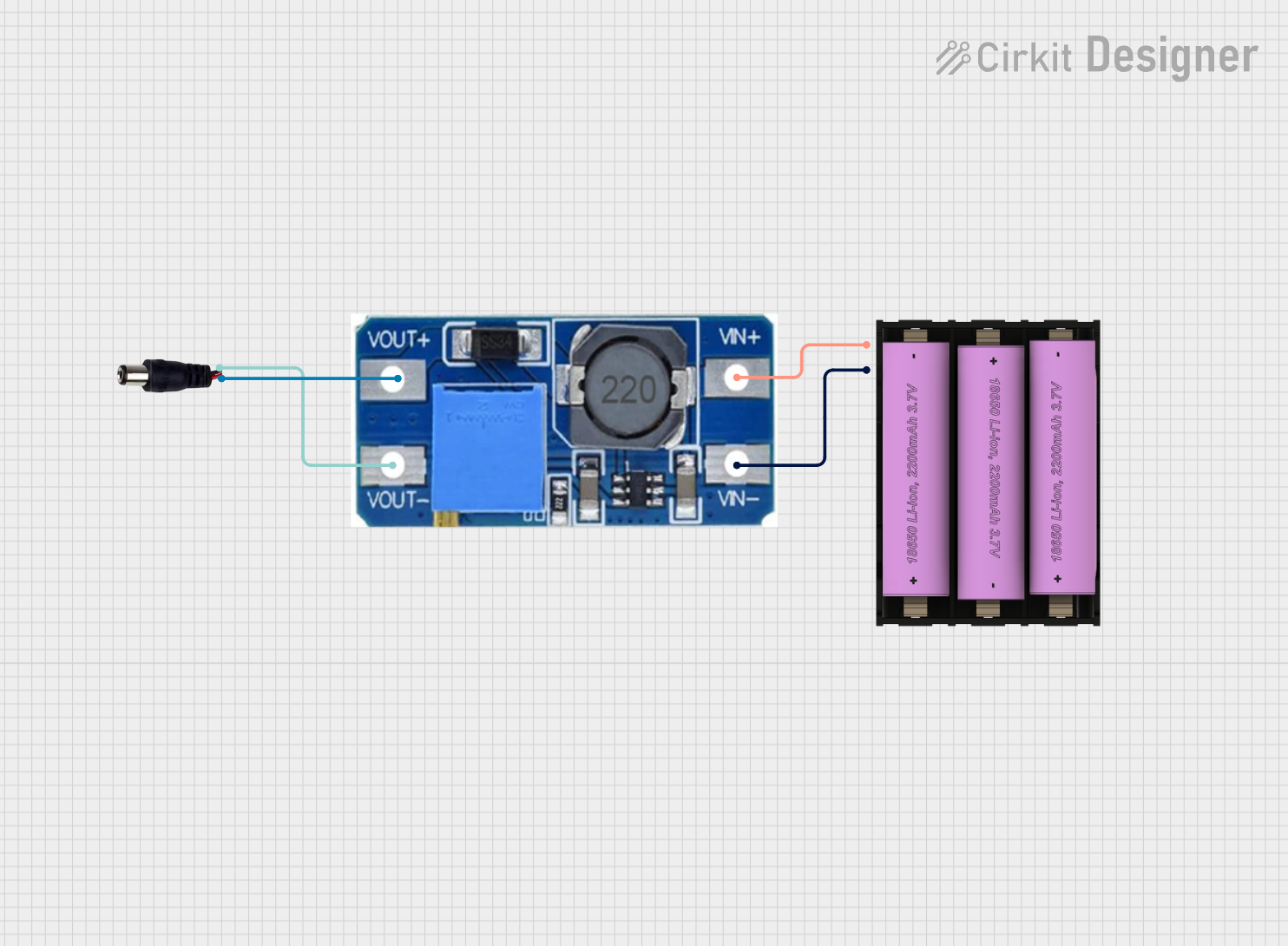
 Open Project in Cirkit Designer
Open Project in Cirkit Designer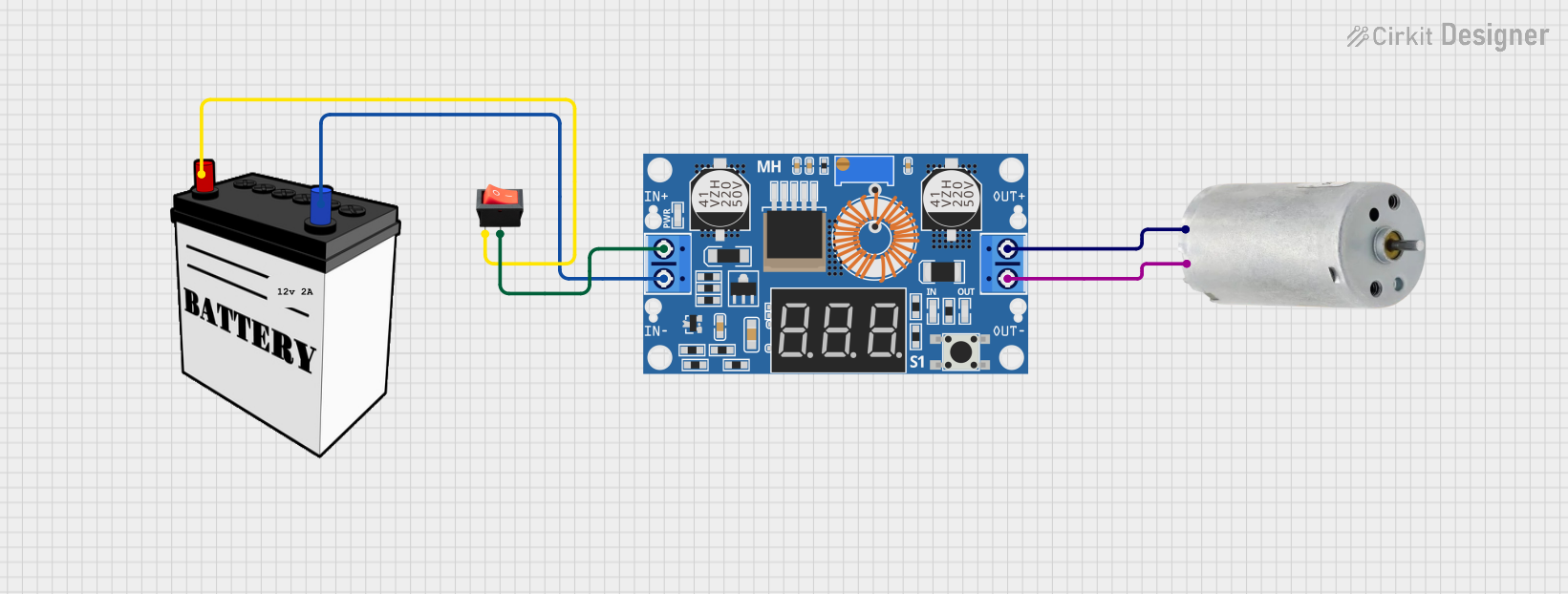
 Open Project in Cirkit Designer
Open Project in Cirkit Designer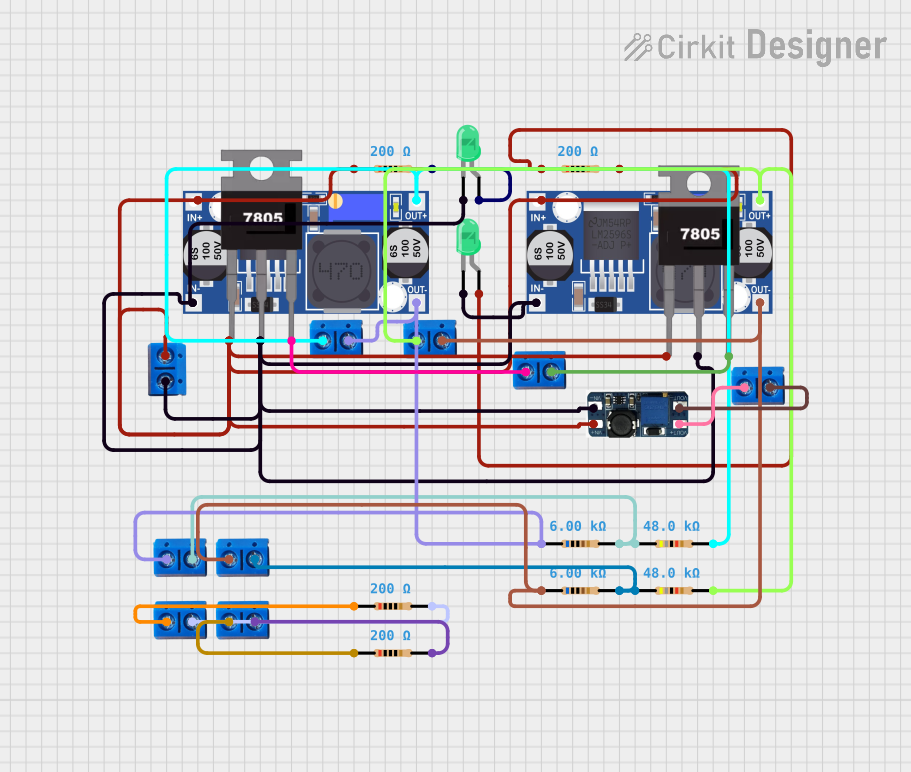
 Open Project in Cirkit Designer
Open Project in Cirkit DesignerExplore Projects Built with Boost Converter

 Open Project in Cirkit Designer
Open Project in Cirkit Designer
 Open Project in Cirkit Designer
Open Project in Cirkit Designer
 Open Project in Cirkit Designer
Open Project in Cirkit Designer
 Open Project in Cirkit Designer
Open Project in Cirkit DesignerCommon Applications and Use Cases
- Powering high-voltage devices from low-voltage batteries
- Solar power systems to regulate and step up voltage
- LED drivers for consistent brightness
- Electric vehicles to manage battery voltage
- Portable chargers and power banks
Technical Specifications
Below are the general technical specifications of a typical Boost Converter. Note that specific values may vary depending on the model and manufacturer.
| Parameter | Specification |
|---|---|
| Input Voltage Range | 2V to 36V |
| Output Voltage Range | 5V to 60V |
| Output Current | Up to 10A (depending on the model) |
| Efficiency | Up to 95% |
| Switching Frequency | 100 kHz to 1 MHz |
| Operating Temperature | -40°C to +85°C |
Pin Configuration and Descriptions
The pinout of a Boost Converter module may vary, but a common configuration is as follows:
| Pin Name | Description |
|---|---|
| VIN | Input voltage pin (connect to the power source) |
| GND | Ground pin (common ground for input and output) |
| VOUT | Output voltage pin (connect to the load) |
| EN (optional) | Enable pin (used to turn the module on/off) |
| FB (optional) | Feedback pin (used for voltage regulation) |
Usage Instructions
How to Use the Boost Converter in a Circuit
Connect the Input Voltage (VIN):
Attach the positive terminal of your power source (e.g., battery) to the VIN pin and the negative terminal to the GND pin.Set the Output Voltage (if adjustable):
Many Boost Converters have a potentiometer to adjust the output voltage. Use a multimeter to measure the output voltage and turn the potentiometer until the desired voltage is achieved.Connect the Load to VOUT:
Attach the positive terminal of your load to the VOUT pin and the negative terminal to the GND pin.Enable the Module (if applicable):
If the module has an EN (Enable) pin, ensure it is connected to a HIGH signal (or left floating, depending on the module) to activate the converter.
Important Considerations and Best Practices
- Input Voltage Range: Ensure the input voltage is within the specified range of the Boost Converter to avoid damage.
- Output Voltage Limit: Do not exceed the maximum output voltage rating of the module.
- Heat Dissipation: High current applications may cause the module to heat up. Use a heatsink or active cooling if necessary.
- Capacitor Selection: Use appropriate input and output capacitors to reduce voltage ripple and improve stability.
- Load Requirements: Ensure the load does not draw more current than the module's rated output current.
Example: Using a Boost Converter with Arduino UNO
Below is an example of using a Boost Converter to power an Arduino UNO from a 3.7V Li-ion battery by stepping up the voltage to 9V.
Circuit Connections
- Connect the positive terminal of the Li-ion battery to the VIN pin of the Boost Converter.
- Connect the negative terminal of the battery to the GND pin of the Boost Converter.
- Adjust the Boost Converter's output voltage to 9V using a multimeter and the onboard potentiometer.
- Connect the VOUT pin of the Boost Converter to the Arduino UNO's VIN pin.
- Connect the GND pin of the Boost Converter to the Arduino UNO's GND pin.
Arduino Code Example
// Example code to blink an LED connected to pin 13 of Arduino UNO
// Ensure the Arduino is powered via the Boost Converter at 9V
void setup() {
pinMode(13, OUTPUT); // Set pin 13 as an output pin
}
void loop() {
digitalWrite(13, HIGH); // Turn the LED on
delay(1000); // Wait for 1 second
digitalWrite(13, LOW); // Turn the LED off
delay(1000); // Wait for 1 second
}
Troubleshooting and FAQs
Common Issues and Solutions
No Output Voltage:
- Check the input voltage and ensure it is within the specified range.
- Verify all connections, especially VIN, GND, and VOUT.
- If the module has an EN pin, ensure it is enabled (HIGH or floating).
Output Voltage is Unstable:
- Add input and output capacitors to reduce voltage ripple.
- Ensure the load is not exceeding the module's current rating.
Module Overheating:
- Reduce the load current or use a heatsink for better heat dissipation.
- Check for short circuits or incorrect wiring.
Cannot Adjust Output Voltage:
- Verify that the potentiometer is functional and not damaged.
- Ensure the input voltage is sufficient to achieve the desired output voltage.
FAQs
Q: Can I use a Boost Converter to power a 12V device from a 5V USB source?
A: Yes, as long as the Boost Converter supports a 5V input and can step up to 12V with sufficient current for your device.
Q: What happens if I reverse the input polarity?
A: Most Boost Converters do not have reverse polarity protection. Reversing the input polarity can damage the module. Always double-check your connections.
Q: Can I use a Boost Converter with a solar panel?
A: Yes, Boost Converters are commonly used with solar panels to step up and regulate the voltage. Ensure the input voltage and current are within the module's specifications.
Q: How do I calculate the efficiency of the Boost Converter?
A: Efficiency (%) = (Output Power / Input Power) × 100. Measure the input and output voltage and current to calculate power.
By following this documentation, you can effectively use a Boost Converter in your projects and troubleshoot common issues.